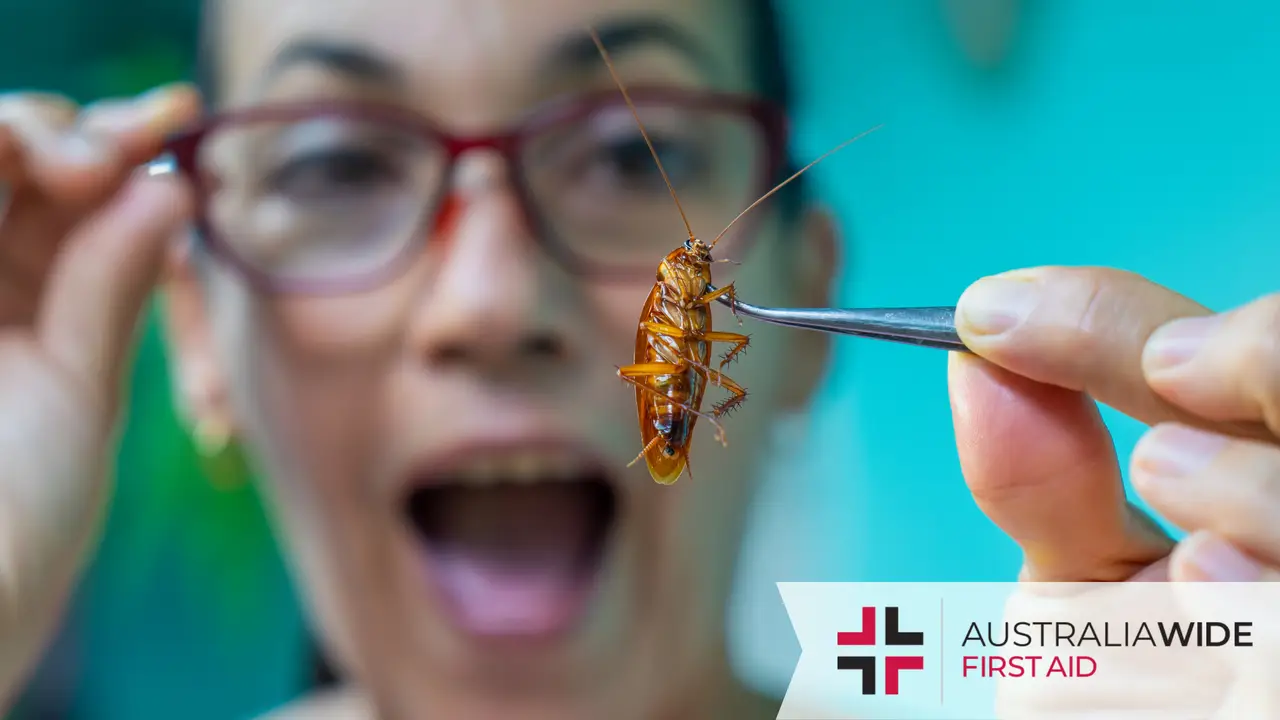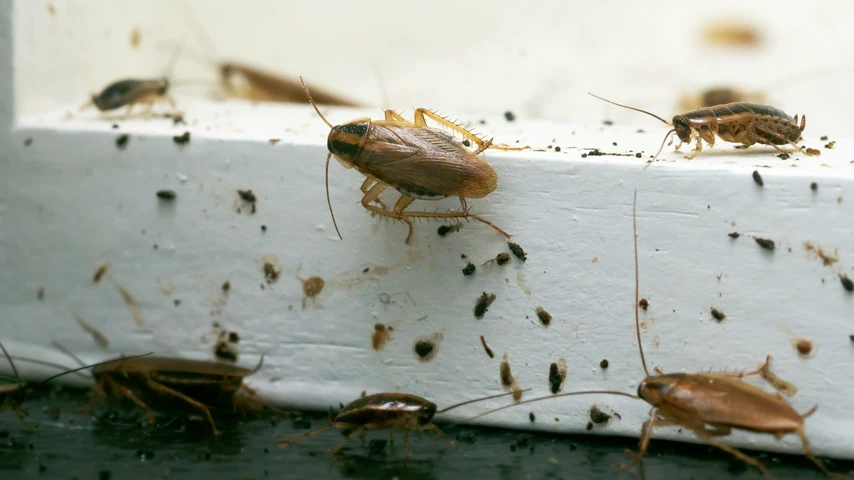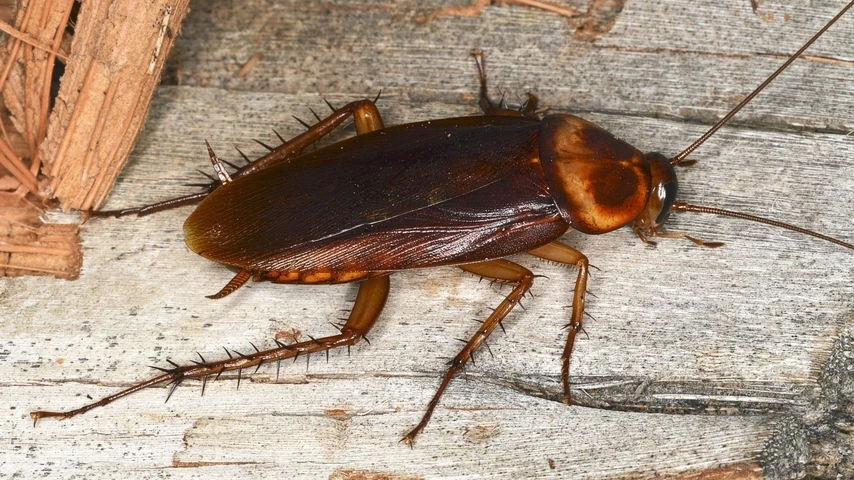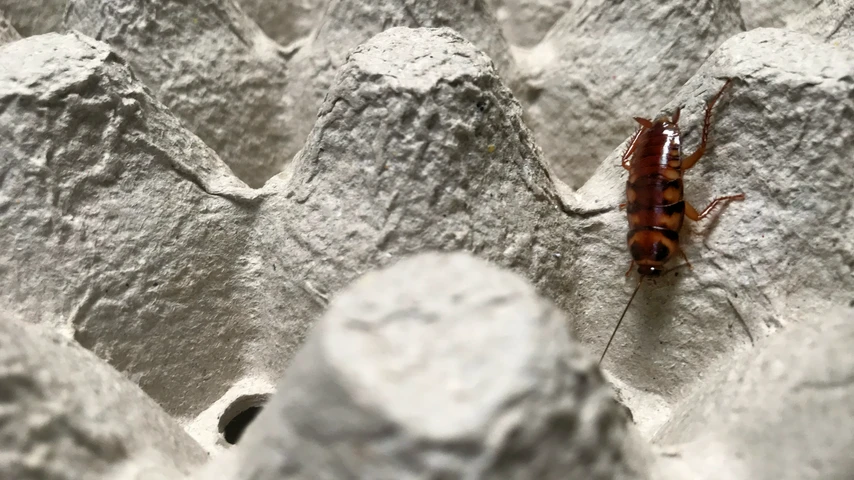4 Common Cockroaches in Australia


Since 2020, there has been a second epidemic plaguing Australian households: cockroach infestations.
Heavy rainfalls caused by La Nina as well as warmer temperatures in summer have provided the perfect breeding conditions for cockroaches. In 2022, pest control companies reported a 128% increase in the number of cockroach removal jobs performed.
So why is this something to be concerned about? Cockroaches in Australia are classified as a pest and harbour infectious bacteria that can make humans sick.
With increased populations comes an increased risk to the health of those around you – cockroaches carry infectious bacteria, can trigger allergies, and can even be known to bite.
Continue reading for more information on identifying and managing the most common cockroach species in Australian households.
If you would like to learn first aid for cockroach bites and other health conditions that cockroaches affect, head to our website to sign up for one of Australia Wide First Aid’s general or childcare first aid courses near you.
Cockroaches have survived for centuries all over the planet, with fossils dating their existence back to as far as 250 million years ago.
In 1990, the World Health Organisation reported there were over 3500 species of cockroaches worldwide, and this number has only grown since then.
Some of the most common species of cockroaches found in Australian households are:

The most common species in Australia, the German cockroach (Blatella germanica) has a beige to amber-coloured body with two dark stripes extending from the head. Adults are between 12-15 millimetres in length and have wings extending from their abdomen - however, they rarely fly.
German cockroaches are so common because they are prolific breeders - a female will carry up to 40 eggs per generation and produce up to four generations per year. Their full development from egg to adult can take up to 45 days.
This species is generally found within house dwellings and businesses in areas that are close to water and have organic matter they can eat.

American cockroaches (Periplaneta americana) are the largest cockroach pest species in Australia with an adult measuring up to 50 millimetres long. They have a reddish-brown body, pale legs, and a yellow band behind their head. This species has wings and can fly, typically toward a light source.
The average life cycle of an American cockroach is 24 months, with the first 12 months for the development from egg to fully grown adult. Female American cockroaches can produce up to 50 large egg cases in their lifespan with each case containing 12-16 eggs.
American cockroaches are typically found in warm, dark, and moist locations where they prefer to eat decaying organic matter. This is typically in roof and wall cavities or around sewers, grease traps, and rubbish dumps.

The Australian cockroach (Periplaneta australasiae) is a lesser common species that has a dark brown body with yellow markings on the head and wings, growing up to 35 millimetres in length.
Female Australian cockroaches can produce up to 20 egg cases in their lifetime, with each case containing an average of 24 eggs. Full development from egg to a mature adult can take between 6-12 months, and the adult life cycle will last between 4-8 months.
Australian cockroaches are typically found in warmer, sub-tropical climates and their preferred diet consists of plant material. Because of this, they are commonly found in greenhouses, leaf litter, and around shrubs and trees. They become problematic when entering homes as they will eat clothing and books.

The Brown banded cockroach (Periplaneta fuliginosa) is a smaller indoor pest that grows to only 10-15 millimetres long. This species of cockroach has a pale brown body with a band behind the head and abdomen. Fully grown adult cockroaches will also have functioning wings.
The common life cycle of a Brown banded cockroach is 2-4 months for development, and it will go on to live another 3-6 months as an adult. Despite their shorter lifespan, females will produce up to 13 egg cases in their lifetime and each case consists of up to 18 eggs.
This species prefers to live in dry environments, which is why they are commonly found in houses in small appliances, cupboards, and bookshelves. As they prefer a diet of starchy materials, they will eat wallpaper, books, and clothing.
As we stated earlier, there are several ways in which a cockroach infestation can affect the health of those in the same environment.
Cockroaches are known to carry infectious bacteria and diseases such as E.coli, Salmonella, and even Polio virus. The cockroaches pick up the bacteria from the unsanitary environments in which they live, such as in sewers and rubbish dumps. Because the bacteria can survive in their body for months and is passed on through their faeces, an infestation must be dealt with immediately.
There have also been recent studies that have found that cockroaches can influence allergy and asthma conditions. Cockroach saliva, faecal matter, and shed body parts can trigger allergy and asthma symptoms when airborne, leading to chronic symptoms that remain after allergy season has passed.
In rare cases, there have been records of cockroaches biting people during the night due to their inability to find food. Although not venomous, a bite from a cockroach can leave red and itchy welts on the skin. Visit our Resource Library for more information on First Aid for Cockroach bites.
Due to their ability to breed rapidly, it is important to eradicate cockroach populations within households to prevent them from breeding and spreading the bacteria. To reduce the risk of a cockroach infestation within your home or workplace, you should:
If chemical control is being used to kill an existing infestation, there are four main forms of pesticides that can be used:
If you believe that the cockroach infestation is too extensive to manage yourself, you should consider hiring a qualified and licenced pest controller operator. They can identify the type of cockroach as well as the source and extent of the infestation to use the most effective registered pesticides to eradicate them. The management methods listed above can then be used to prevent future infestations.
From their unsightly appearance to their ability to harbour and transfer infectious bacteria, it is clear to see why cockroaches in Australia are considered a pest.
It is important to prevent and eradicate any infestations in your home or workplace to protect the health of you and those around you.
If you would like to be better prepared for dealing with cockroaches, or you are looking to learn how to perform first aid in other emergencies, head to our website to enrol in one of our general or childcare first aid courses near you.

March 11, 2025
Darwin, the tropical capital of Australia’s Northern Territory, is home to a rich diversity of wildlife - including an impressive array of spiders. From the sprawling webs of golden orb-weavers to the cryptic camouflage of trapdoor spiders, these arachnids play a vital role in the local ecosystem. While some may inspire fear, the majority are harmless and even beneficial, helping to control insect populations.

September 4, 2024
Cat bites, while often underestimated, can lead to serious health complications if not treated promptly and properly. Cats' mouths harbour a variety of bacteria that can cause infections in humans.

April 1, 2024
Encounters with wildlife can often be thrilling, but when it comes to the creature known as the drop bear, the experience can quickly turn dangerous. A sharp increase in recent attacks prompts the need for understanding proper first aid procedures in case of an attack.